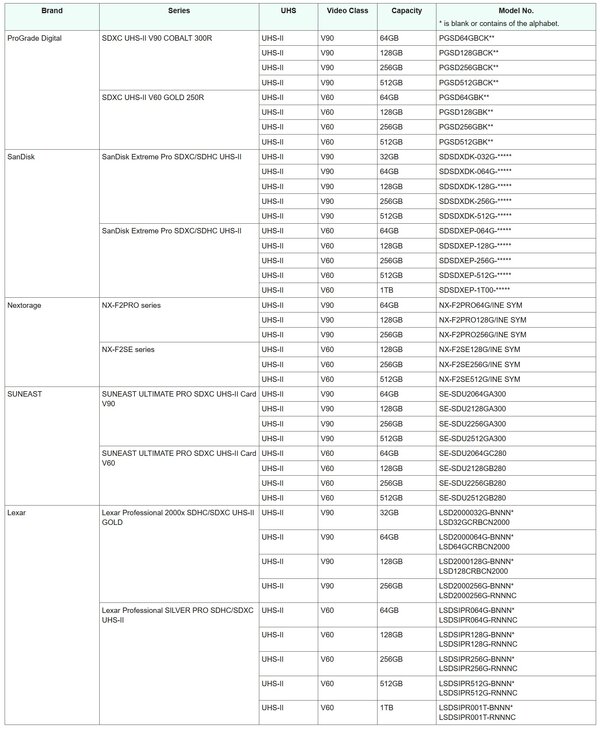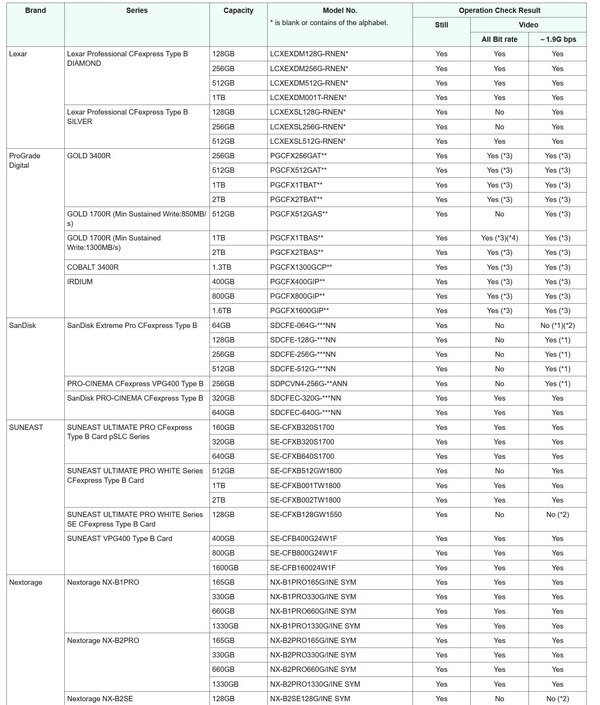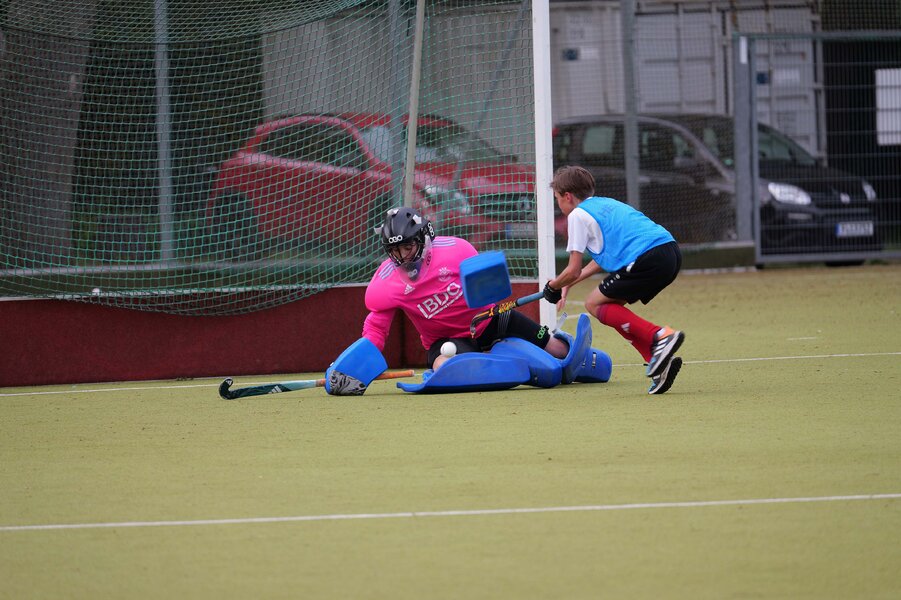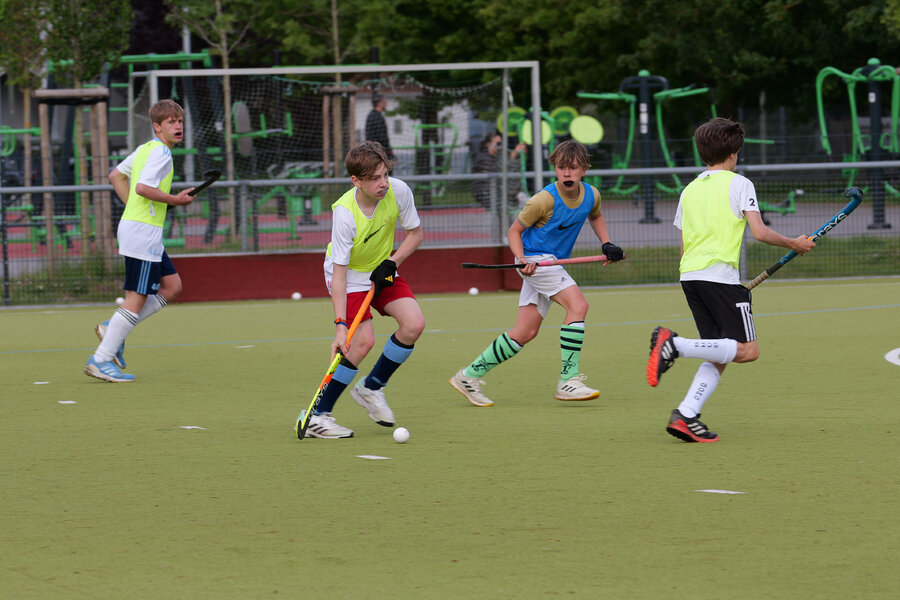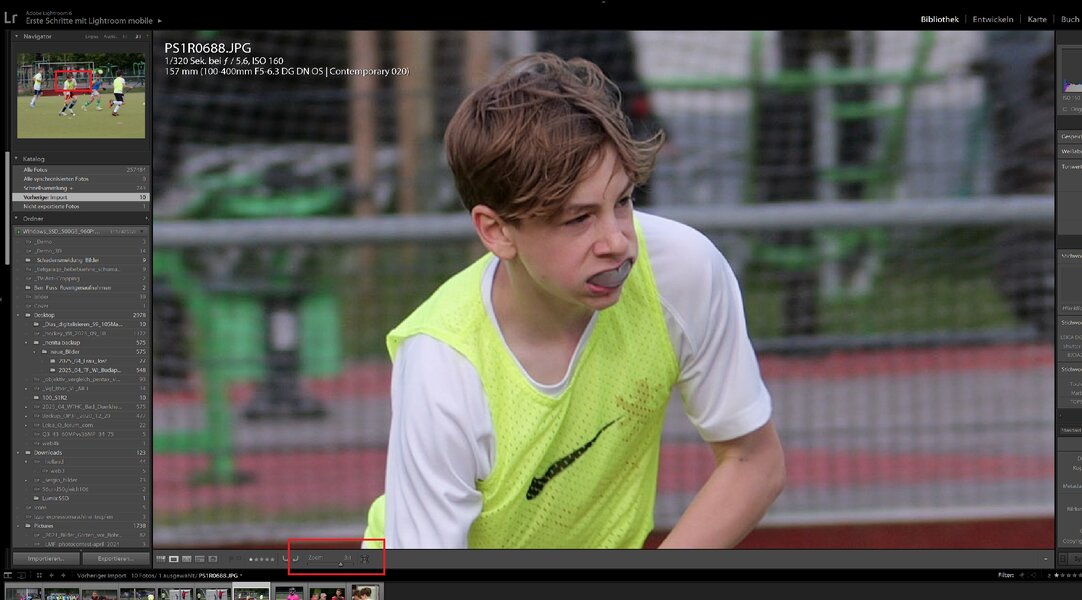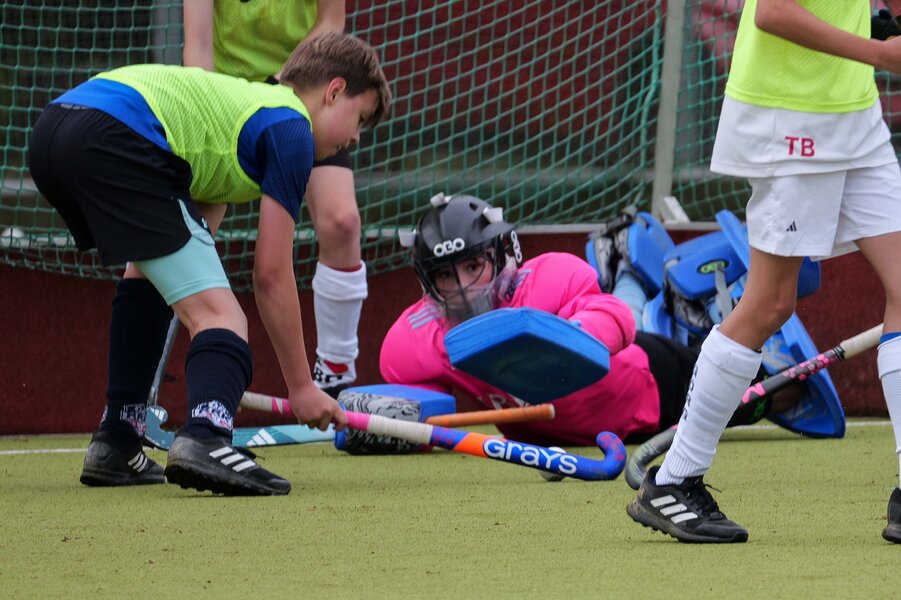I want to try out the S1Rii this week for sports photography. For field hockey. That means erratic and unpredictal movements. Shutter speed has to be at least around 1/1000s and it has to be mechanical shutter, otherwise the hockey sticks will look weired 
The manual of the Lumix S1Rii is around 945 pages. Wow.... Fortunately only a few pages are about the options for settings this camera up for sports photography. But still, it is complicated and no right or wrong for every kind of sports. To make it even more complicated, you have different image quality options (12bit RAW vs 14 bit RAW) available depending on which burst mode you chose.
Also different tracking options might work or might even not be available, depending what other settings you have in combination with. LAst but mot least, with 44MP, you have writings and buffer speed limitations, depending on whether you use a SD card or a CF express card.
I start this thread to collect over the time the experience from me and others, which settings might lead to the best results for your kind of sports photography. So, please mention always first what kind of sport you take pictures of.
First, let's have a look at what the manual sais. This is a good starting point to get familar with the different alternatives.
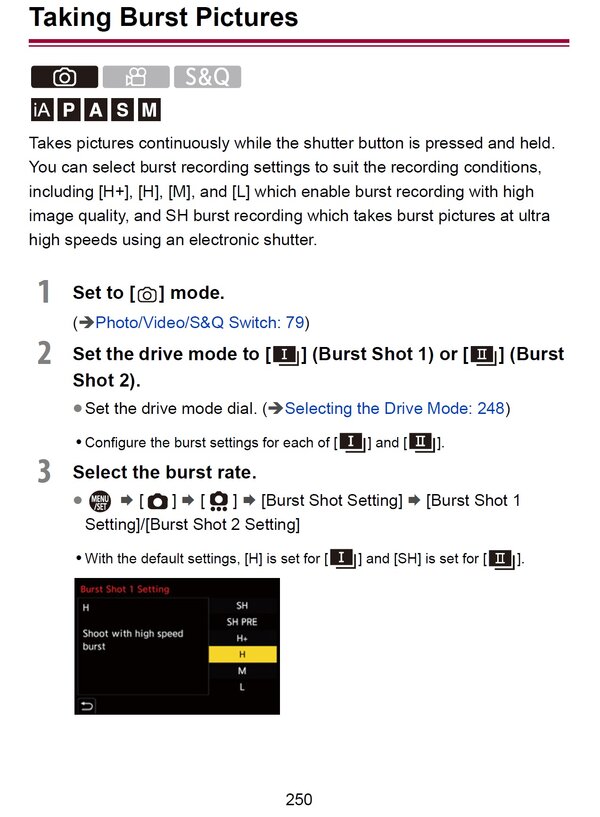

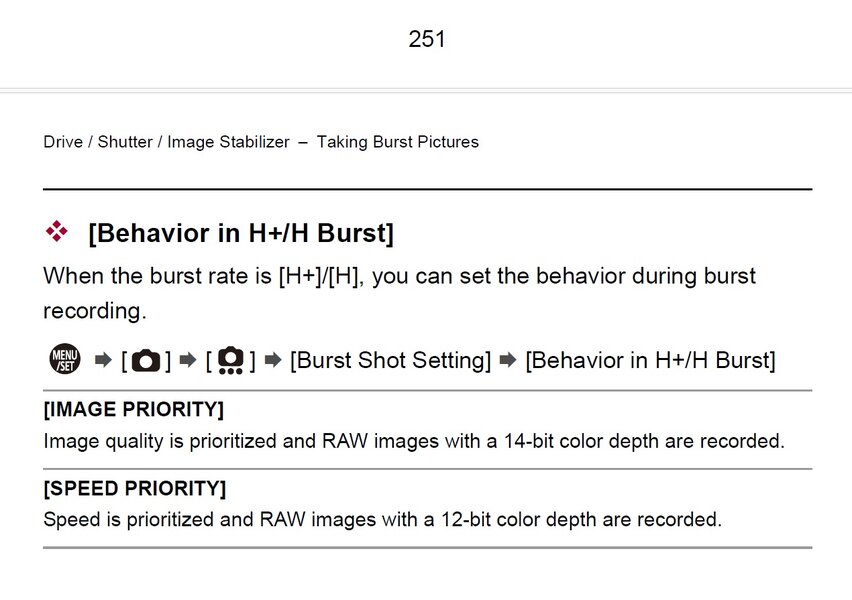
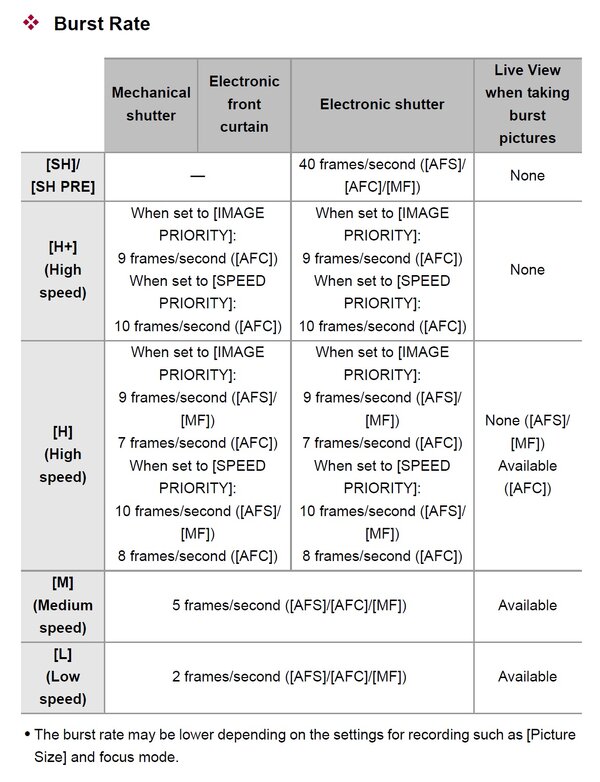

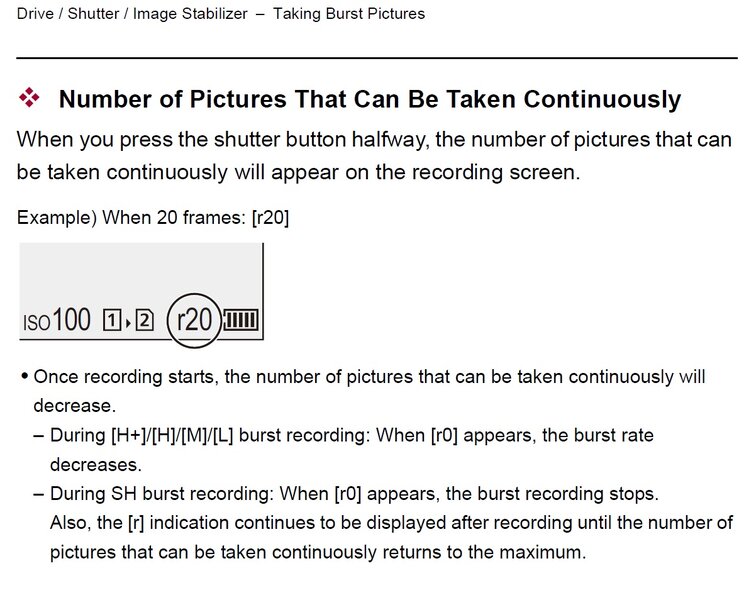
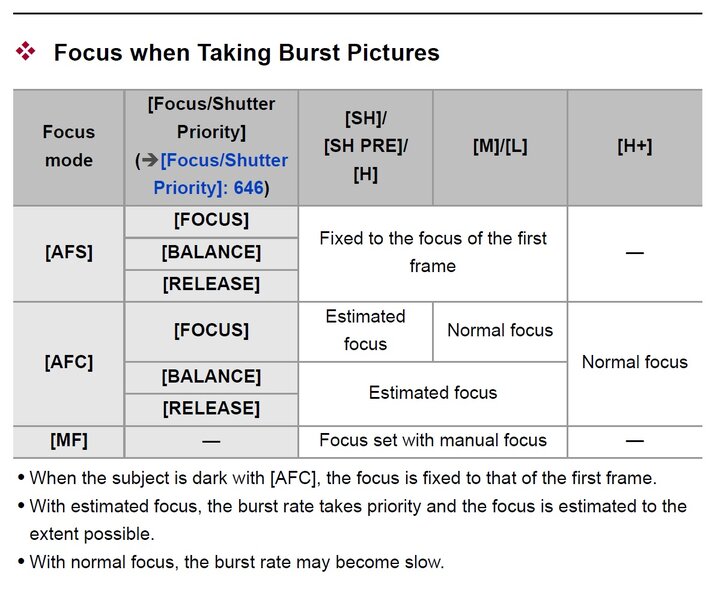
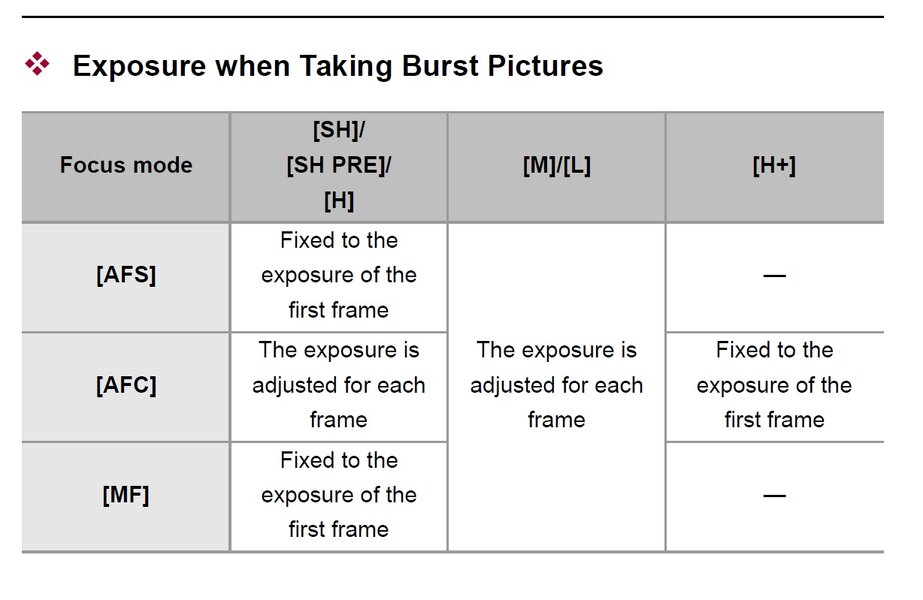
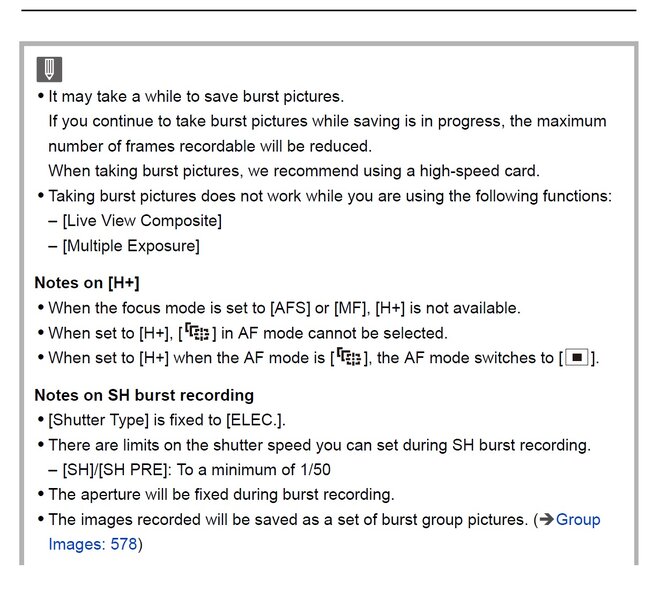
There is also a video from @Sean_at_LUMIX about the Lumix S1Rii and a short 10 minutes part in it covers the AF settings for video and photo quickly. Worth to look at:
Regarding writing speed.
I tested both, Jpeg only and RAW & Jepg at the same time. There is a huge difference in writings speed and clearing the buffer, if you select the CFexpress card in your menu. I changed my buttons in the Q-Menu accordingly, to be able to switch fast between SD card and CFexpress card. I prefer in normal situations the SD card, because it is easier to use it with a laptop, if the laptop has an internal SD card reader.
Both cards are from Sandisk. Both are Extreme Pro. The 64GB CFexpress card has read 1500MB/s, write 800 MB/s. This is an older card. I guess there are faster ones available nowadays, but I do not know whether the processor of the Lumix S1Rii is the bottle neck. The 128GB SD card has 170MB/s read speed and writing only 90MB/s.
I will test soon the different AF settings and write about the outcome. I am eager to read here your experiences.
The manual of the Lumix S1Rii is around 945 pages. Wow.... Fortunately only a few pages are about the options for settings this camera up for sports photography. But still, it is complicated and no right or wrong for every kind of sports. To make it even more complicated, you have different image quality options (12bit RAW vs 14 bit RAW) available depending on which burst mode you chose.
Also different tracking options might work or might even not be available, depending what other settings you have in combination with. LAst but mot least, with 44MP, you have writings and buffer speed limitations, depending on whether you use a SD card or a CF express card.
I start this thread to collect over the time the experience from me and others, which settings might lead to the best results for your kind of sports photography. So, please mention always first what kind of sport you take pictures of.
First, let's have a look at what the manual sais. This is a good starting point to get familar with the different alternatives.









There is also a video from @Sean_at_LUMIX about the Lumix S1Rii and a short 10 minutes part in it covers the AF settings for video and photo quickly. Worth to look at:
Regarding writing speed.
I tested both, Jpeg only and RAW & Jepg at the same time. There is a huge difference in writings speed and clearing the buffer, if you select the CFexpress card in your menu. I changed my buttons in the Q-Menu accordingly, to be able to switch fast between SD card and CFexpress card. I prefer in normal situations the SD card, because it is easier to use it with a laptop, if the laptop has an internal SD card reader.
Both cards are from Sandisk. Both are Extreme Pro. The 64GB CFexpress card has read 1500MB/s, write 800 MB/s. This is an older card. I guess there are faster ones available nowadays, but I do not know whether the processor of the Lumix S1Rii is the bottle neck. The 128GB SD card has 170MB/s read speed and writing only 90MB/s.
I will test soon the different AF settings and write about the outcome. I am eager to read here your experiences.
